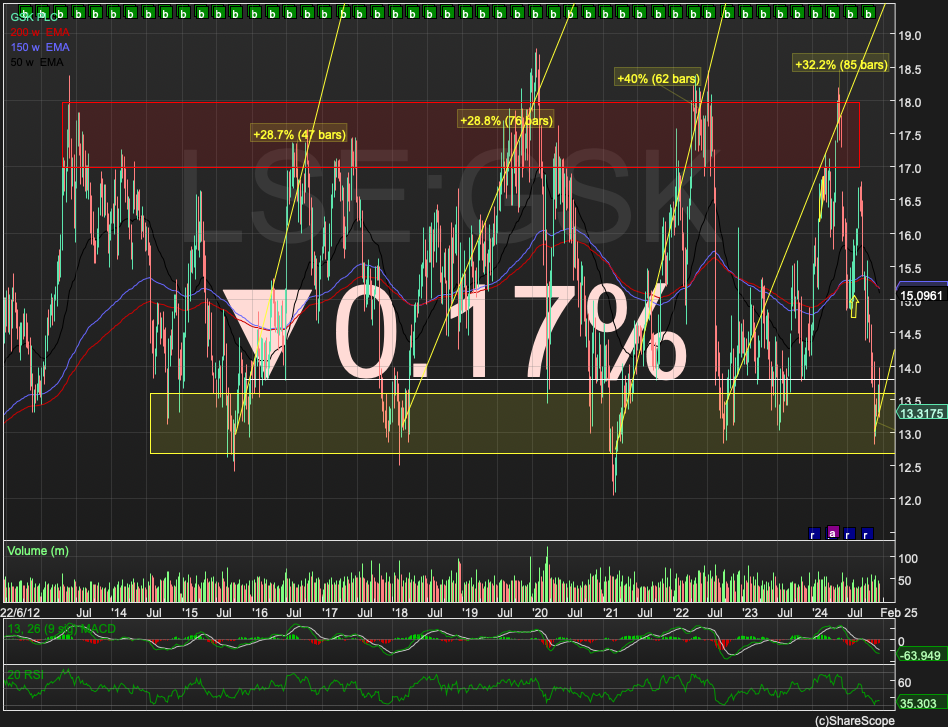In the quiet cool down to Christmas, I am keen to take a look at some of the companies that readers have been asking for some more detailed analysis on.
Thank you to johnsmith68 for your GSK (LON:GSK) request. This is the first company I analysed when I became a financial journalist and it taught me a lot about investing in the pharmaceutical industry.
Jargon like ‘blockbuster’ (a drug which makes more than $1bn in revenue in a single year) and ‘patent cliff’ (when big selling medicines are due to lose their patent protection) are crucial to those attempting to navigate the industry. Prior to studying GSK, I didn’t know that pharmaceutical patents only last ten years at which point the active ingredient in medicines becomes an open book, free to face competition from generic competitors. Big pharma companies can prolong their patent cliffs by investing in label extensions or protected delivery mechanisms for their top selling medicines, but innovation in new areas is better.
Back in 2014, the big trends within the pharmaceutical industry were biologics (medicines which use living components, rather than the traditional chemical ingredients found in pharmaceuticals) and genetics (the use of targeted therapies which treat the underlying cause of bodily malfunction, rather than its symptoms). Today those types of medicines dominate the industry. Drugs are increasingly expensive to produce, but far more efficient in treating patients.
A disappointing decade
I tend to look at GSK through a disappointed lens. When I first started covering the company it was reliant on its suite of respiratory medicines, which were protected from the patent cliff by their complex delivery mechanisms. Nearly a decade later and respiratory medicines remain very important at the company, while research and development expenditure has lagged the wider industry meaning sectors like rare disease, neurology and oncology remain conspicuously absent in the GSK drugs pipeline.
It’s also been a disappointing decade for investors. Here is the share price chart for GSK over the last ten years:
And here is how that compares to the company’s Danish pharma peer, Novo Nordisk:
While Novo’s share price has risen over 500% to make it the largest company in Europe, GSK shares have fallen 15%. It’s true,…









